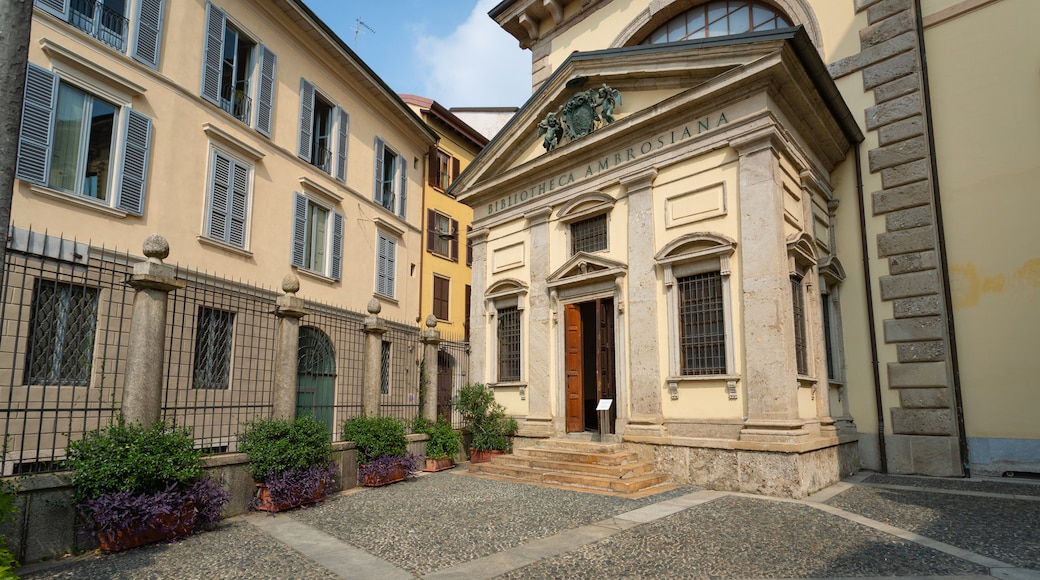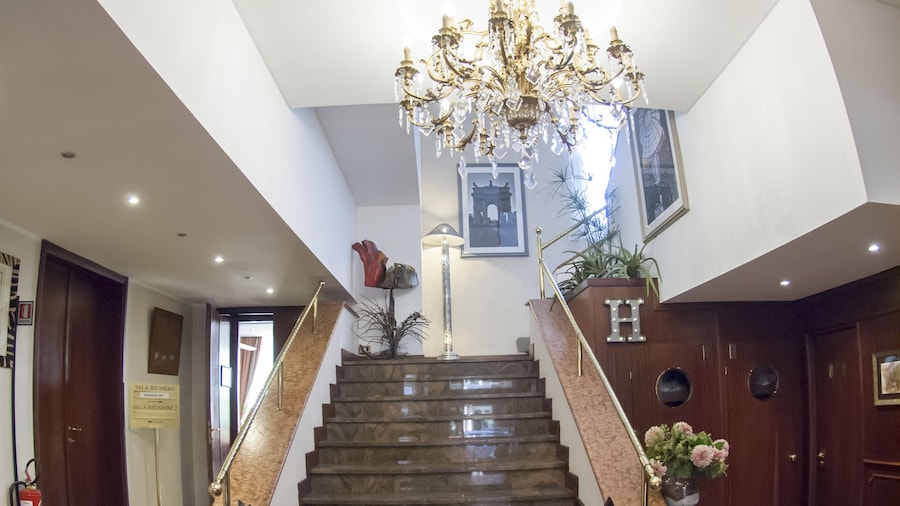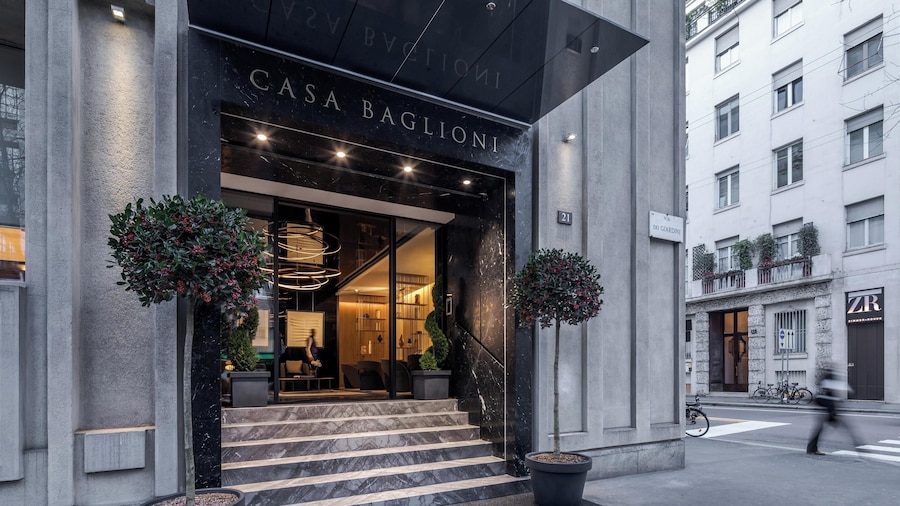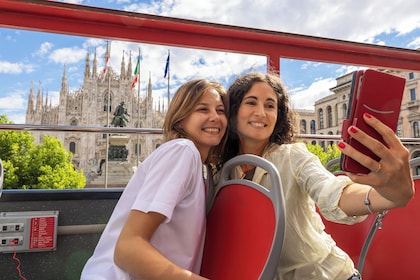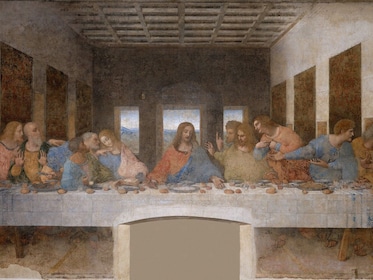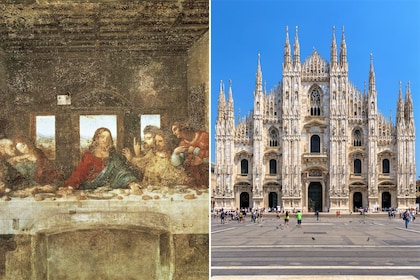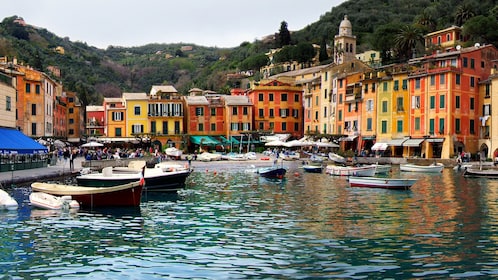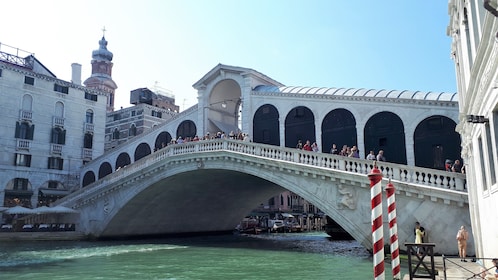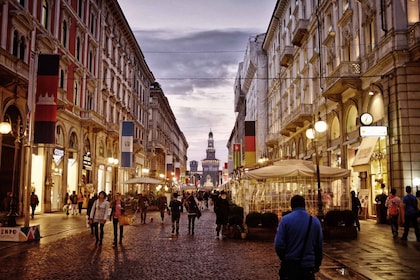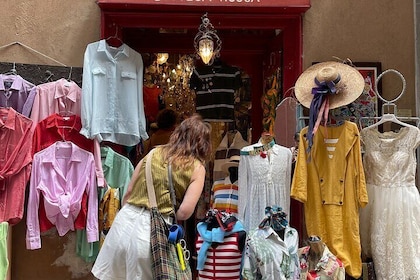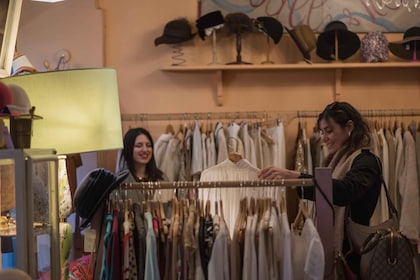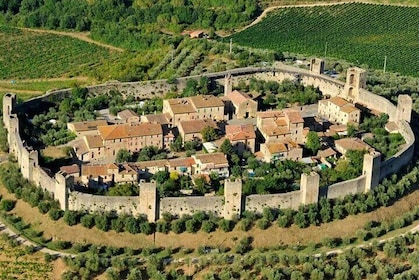One of Europe’s first public libraries is home to Leonardo da Vinci’s Codex Atlanticus, which is housed alongside a huge book and art collection.
Numbers cannot quite express the breadth of the Ambrosian Library’s collection. However, the figures of 800,000 books, 35,000 manuscripts and 12,000 drawings certainly make an impression. It also has a wonderful art gallery, which makes a visit to the Ambrosian Library an aesthetic and intellectual delight.
When it was founded in 1607 by Cardinal Federico Borromeo, the Ambrosian Library was Europe’s second public library, filled with manuscripts in Latin, Greek, Hebrew, Syriac, Arabic and more. It was the Ambrosian Library which invented the reading room, with books stored in cases along the walls rather than chained to different tables.
Wander slowly through the series of rooms, pausing in front of the glass cases that display a rotating selection of some of the library’s masterpieces. Admire the sometimes eclectic collection of artwork, which proceeds in a chronological order through the art museum’s 24 rooms. See a master at work in the preliminary sketches for Raphael’s School of Athens, alongside works by Botticelli, Titian and others.
Peer at examples of da Vinci’s engineering drawings from the Codex Atlanticus, which are displayed in real life and on large screens, allowing visitors to examine them in detail. In one of the da Vinci rooms, notice the Roman mosaic on display nearby.
The library’s reading room is the pièce de résistance of the building, whose vaulted ceilings give it an air of majesty. Imagine scholars hunched over the tables, surrounded by the collected knowledge of the past as they went diligently about their work.
The Ambrosian Library is located in the heart of Milan, not far from some of the city’s main attractions. Numerous tram stops make it easily accessible from almost anywhere in Milan. Walk from the Duomo in about 5 minutes. Take the metro from Milano Centrale in about 10 minutes or drive in 25 minutes. Visit the library and museum daily from the mid-morning to the early evening. There is a fee for admission.
